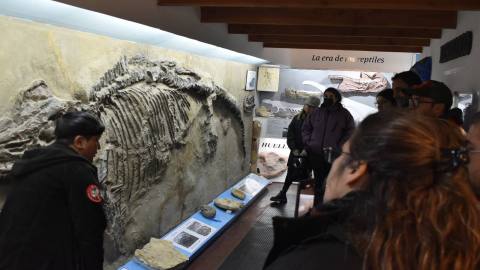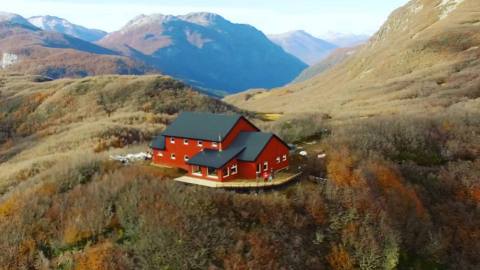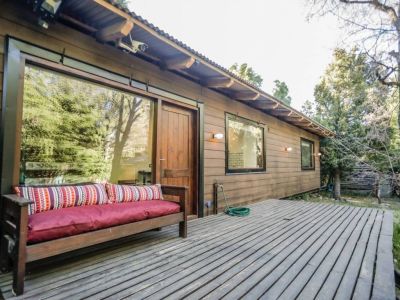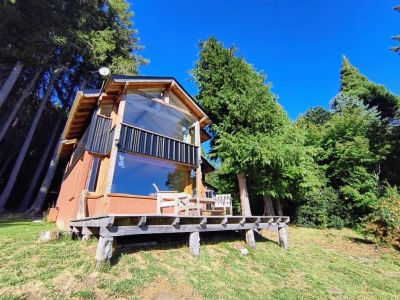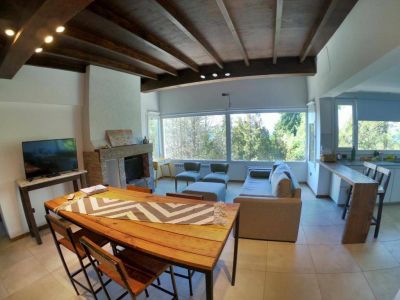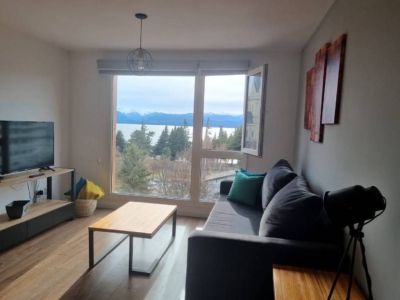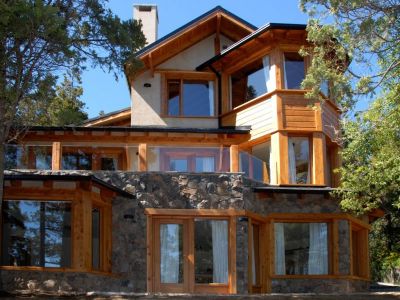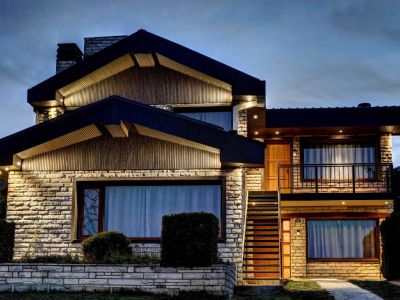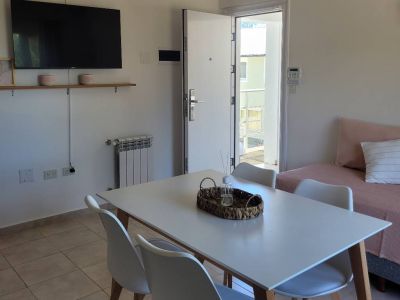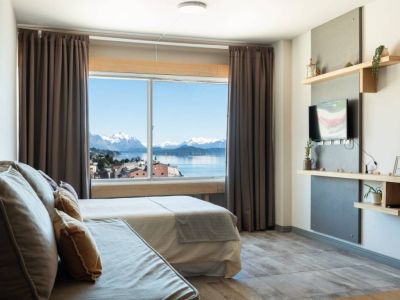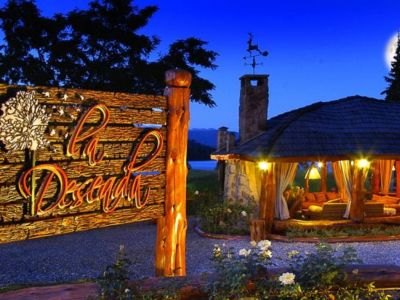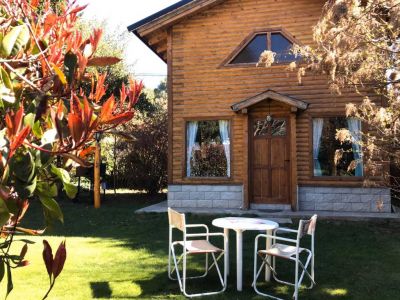Reaching Colonia Suiza –which stands for Swiss Colony in Spanish- is coming across huge ancient cypresses and coihues, as well as high beautiful mountains. Everything smells like nature. The houses are surrounded by domestic animals and buildings are mostly made of wood. At the center of Colonia, there lies a very attractive small square with stands selling local handicrafts. Across the main street, a handicrafts market gathers several objects that lure visitors to buy them.
Curanto at Colonia Suiza
In the late 1800s, Gringo’s grandparents settled down in this place and started a big family. In fact, many of its members still dwell in this spot. To be more precise, the first Swiss immigrants became established in the area in 1895. Thus, the first timber settlement, which enabled to build the first houses in Bariloche and Colonia Suiza, was created. At the same time they worked with timber, they cared about working the land in order to produce barley, oats, rye and fine fruit. Previously, many other Swiss men and women had settled down in Chile, where they learned to cook the traditional dish of the Chilean coast: curanto, an araucano food whose name stands for “hot rock”. Little by little, and as it was quite hard to get seafood in the area, curanto was modified until it became adapted to the Argentinian resources and taste. Very soon, chicken, beef and lamb were incorporated to the original recipe. Very courteously, Gringo Goye invited us to take part in the preparation of curanto, a real ceremony. We went to the Handicrafts’ Market. Each of the ingredients were placed on a table and everything was arranged on one corner to make a good fire. Every Wednesday and Sunday, curanto is made for all those who wish to taste it. The cooking process takes place inside a spacious shallow hole in the ground. Fine pieces of coihue firewood are placed inside and they are covered with rocks. Afterwards, the fire is lit and when the wood is consumed, the hot rocks fall to the bottom of the hole. As soon as they fall, maqui branches are placed on the rocks. On top, meat, potatoes, sweet potatoes, achuras, apples, gourd and cheese are added. Everything is covered with maqui leaves and cloth and earth are placed on top to cover everything. Only a kind of lateral chimney remains open in order to enable combustion to take place.
Patience, one of the most important ingredients
Cooking curanto takes its time. Cooks should hold out patiently and wait for almost three hours for the dish to cook properly. Fortunately, we enjoyed the company and family anecdotes told by Gringo, which made the wait more pleasant. In the background, the songs by Jiménez Agüero also helped to make time pass more quickly. When the cooking process finished, we had to uncover the hole, layer by layer, very carefully. We tasted it eagerly. Everything had cooked equally. The taste resembled the traditional asado. Delicious. Of course the wonderful ritual repeated generation after generation does not end here. Very close to the fire, the tables are set and the dish is served together with a delicious local craft beer. With a full stomach and a happy heart, we had a last ride around Colonia Suiza. At present, its main activity is tourism. Visitors may find everything they need there: excellent cuisine, craft beer, pastries and tea houses, smoked products and regional jams. The main attractions in nearby areas include a small chapel, the Old Colonists’ Museum and some small beaches on Lake Perito Moreno. Ready to return to the city, we bade farewell without haste enveloped in the pace set by beautiful Colonia Suiza.Find here hotels and accommodations in Bariloche
Mónica Pons
Eduardo Epifanio
Wednesdays and Sundays at noon.
Travel along Circuito Chico starting at the City of San Carlos de Bariloche. You will access Colonia Suiza through two gates along two gravel paths, detours from Provincial Route 77. After crossing any of them, you will have to travel 24 kilometers more.





